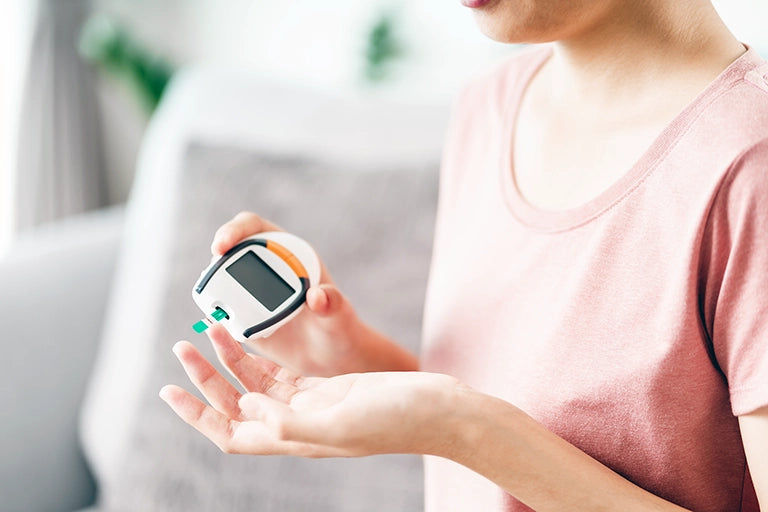Your Cart is Empty
Kidney Disease and Diabetes Can Lead to Dialysis
One in three adults who develop diabetes, type 1 or type 2, will also have chronic kidney disease, sometimes called diabetic kidney disease or diabetic nephropathy, according to the Centers for Disease Control and Prevention (CDC). Over the years, having this condition, especially if not well controlled, can cause permanent damage to the kidneys and make removing waste and extra fluid difficult.
Diabetic kidney disease is a serious medical condition that can eventually lead to kidney failure and the need for dialysis. If you have diabetes, what concerns should you have about your kidney health?








